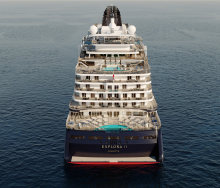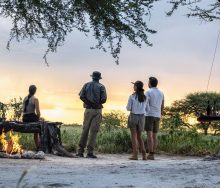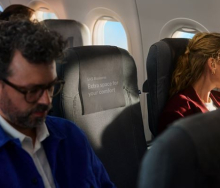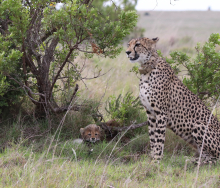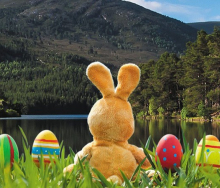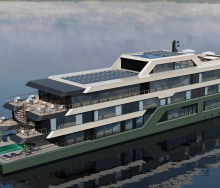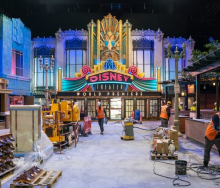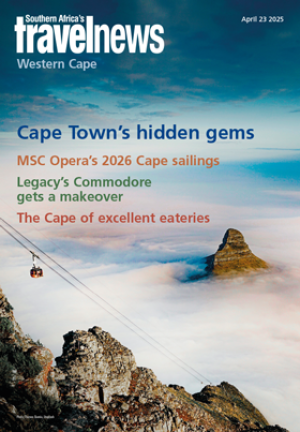DECLARED a World Heritage Site last year, Gauteng's Cradle of Humankind has a rich archeaological (dating back to Stone and Iron Ages), geological and palaeontological heritage which dates back some 2 000m years.
Now, extensive tourism facilities have been developed on the
3 000-hectare reserve incorporating the World Heritage Site which, jointly owned by John Clarke and Prospero Bailey, include eight two-bedroom A-frame thatched self-catering cottages, the 180-seater upmarket Cornuti Restaurant, chapel/conference room for up to 150 people and an 'under-restaurant cellar' which can seat a further 60 people around a large banqueting table.
Clarke says guided game drives, horse-safaris and walks are available on the reserve which contains over 170 bird species, wildflowers, indigenous trees and animals such as wildebeest, kudu, eland, duiker, brown hyena, white rhino, blesbuck, giraffe, zebra and waterbuck.
Of special interest are the tours of the World Heritage Site which contains bones of human and animal origin dating back 3m years. Well-known palaeontologist, Dr Lee Berger, is currently carrying out excavations on the reserve - funded by the National Geographic Society - and a recent exciting find is the fully intact fossil carcass of a jackal-sized animal which has yet to be classified.
South African Tourism (Satour) has identified the Cradle of Humankind to form part of a series of special documentaries on SA's 'Hidden Treasures', to be flighted on the eTV channel this month in celebration of Tourism Month.
(Adéle Mackenzie)

